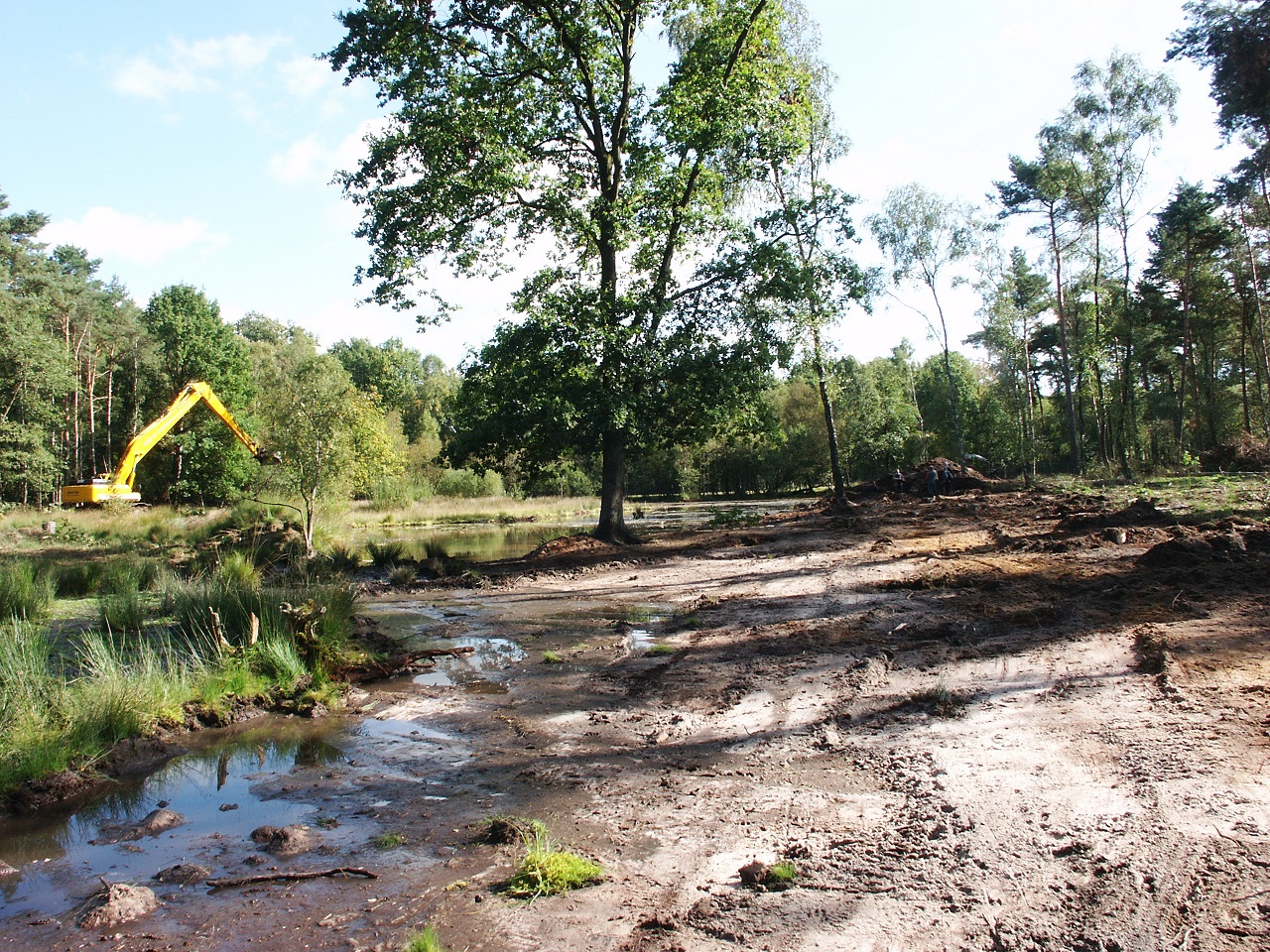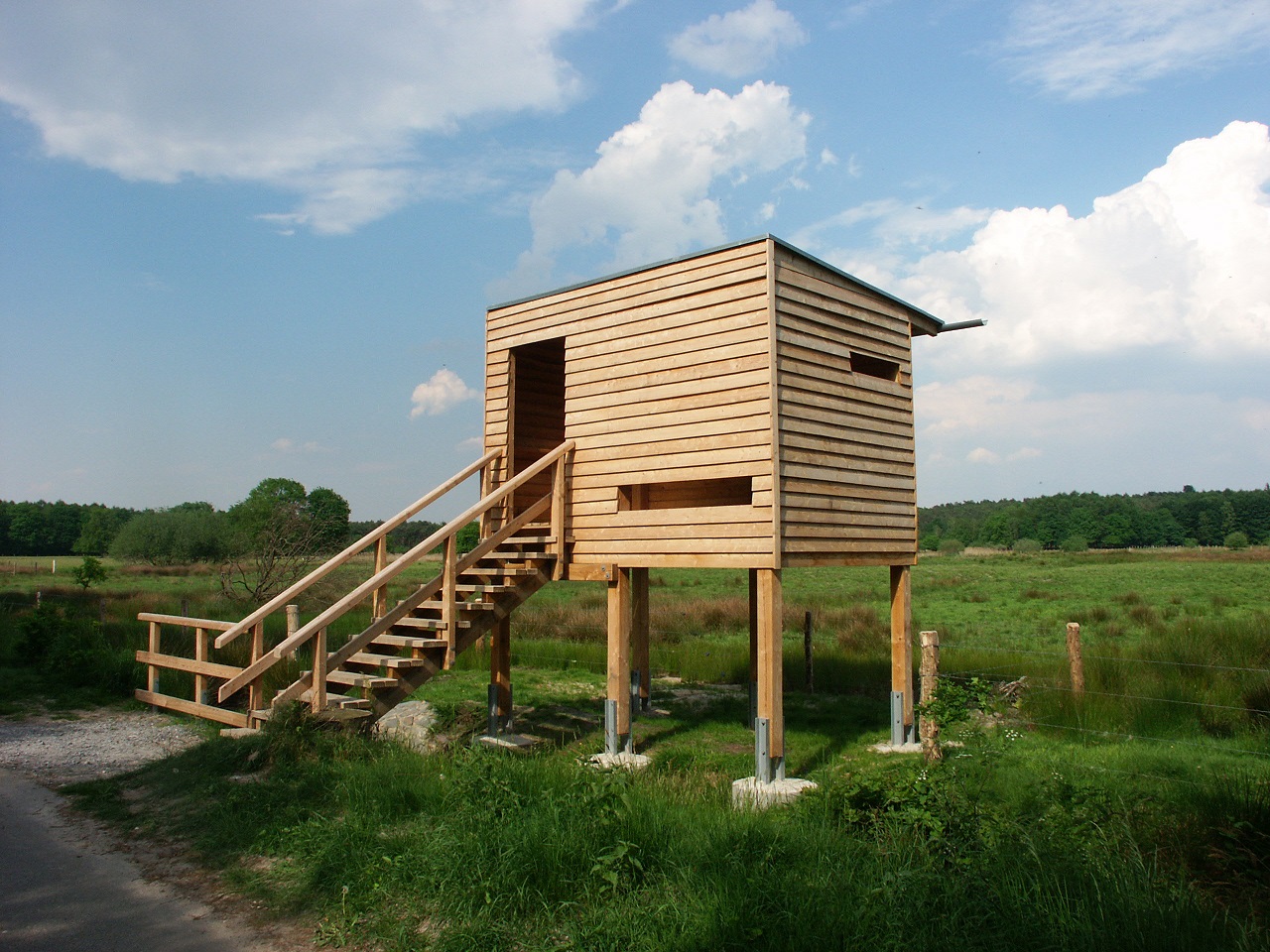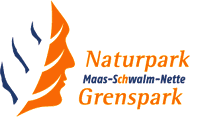Case Study
Wetland habitats in Maas-Swalm-Nette Nature Park: filling gaps in the network
Contact name
Silke Weich
Institution name
Maas-Swalm-Nette Nature Park
Region & country
Maas-Swalm-Nette Nature Park - Germany and the Netherlands
Summary
The project “Network of wetland habitats in Maas-Swalm-Nette Nature Park” aimed at creating larger core habitats for endangered aquatic plants and animals. Most of the activities took place in areas at the Dutch-German border. The project especially contributed to creating a transboundary habitat network in the context of Natura 2000 sites.

Creation of new heath land moors
Photo by: Maas-Swalm-Nette Nature Park

Hide for birdwatching
Photo by: Maas-Swalm-Nette Nature Park
Background of the project
An important characteristic of the region is its manifold wetlands, from small ponds to cross-border rivers. In both the Netherlands and Germany the individual wetland sites form part of the habitat network. This network however appeared fragmented e.g. due to agricultural use and drainage of wetlands, and herewith couldn’t reach its full potential as habitat for aquatic plants and animals.
Better connection between individual wetland sites was necessary in order to create a strong network of wetlands leading to better species protection.
Solution and actions taken
Enlarging core habitats of aquatic plants and animals, through e.g. heathland restoration, the creation of new wetland species protection areas or development of former agricultural land, and herewith reconnect the fragmented landscape.
- Restoration of heathland moors;
- Creation of wetlands for species protection;
- Restoration of small wetlands in river meadows;
- Development of puddles (shallow waters);
- Conversion of former agricultural land to wetland protected areas;
- Installation of bird hide at newly created wetland for species protection;
- Communication activities, including internet articles, press releases, and production of a topographic map indicating the network of wetland habitats in Maas-Swalm-Nette Nature Park.
Other institutions or parties involved
- Forstamt Mönchengladbach (now Forstamt Niederrhein): www.wald-und-holz.nrw.de;
- Kreis Viersen: www.kreis-viersen.de;
- Gemeinde Swalmen (now Gemeinde Roermond): www.roermond.nl;
- Stichting Het Limburgs Landschap: www.limburgslandschap.nl
- Staatsbosbeheer Regio Zuid: www.staatsbosbeheer.nl.
Results
- Functions of wet core areas in the transboundary network of wetland protected areas in Maas-Swalm-Nette Nature Park developed and strengthened, resulting in improvement of habitat and herewith higher chance of endangered plant and animal species spread;
- Habitat cluster (in the Netherlands in the framework of resilient habitat network) on both sides of the border further realised;
- European habitat network (Natura 2000) further strengthened;
- Less missing links in above-mentioned networks.
Challenges
The project made it possible to bring nature conservation organisations with practical on the ground responsibilities together with authorities that concentrate more on planning aspects of nature conservation. Still, different planning approaches on each side of the border were a challenge.
Lessons learned
- Engage in a real and lasting dialogue between cultures;
- Patience during the process required;
- Coordination of planning needs to take place across the border;
- Communication work essential in nature conservation, for the public to learn about activities.
Contact name
Silke Weich
Institution name
Maas-Swalm-Nette Nature Park
Website(s)
